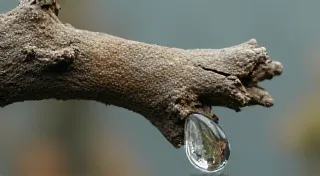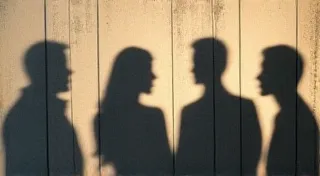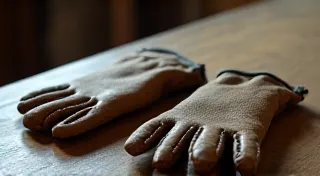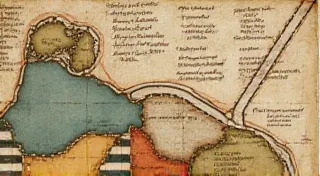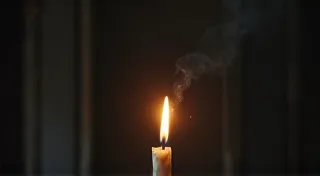From Cradle to Craft: The Role of Knitting Needles in Family Heritage
There's a quiet dignity in holding something old. Not just old, but something woven into the tapestry of a family’s history. For me, that “something” is a pair of bone knitting needles. They’re smooth and worn, cool against my skin, and instantly transport me to my grandmother’s sun-drenched kitchen. I can almost smell the vanilla scent of her cookies, hear the gentle click-clack of needles, and feel the warmth of her hand guiding mine as she taught me my first, clumsy stitches. These aren't just tools; they’re tangible links to generations past, silent witnesses to stories whispered and laughter shared.
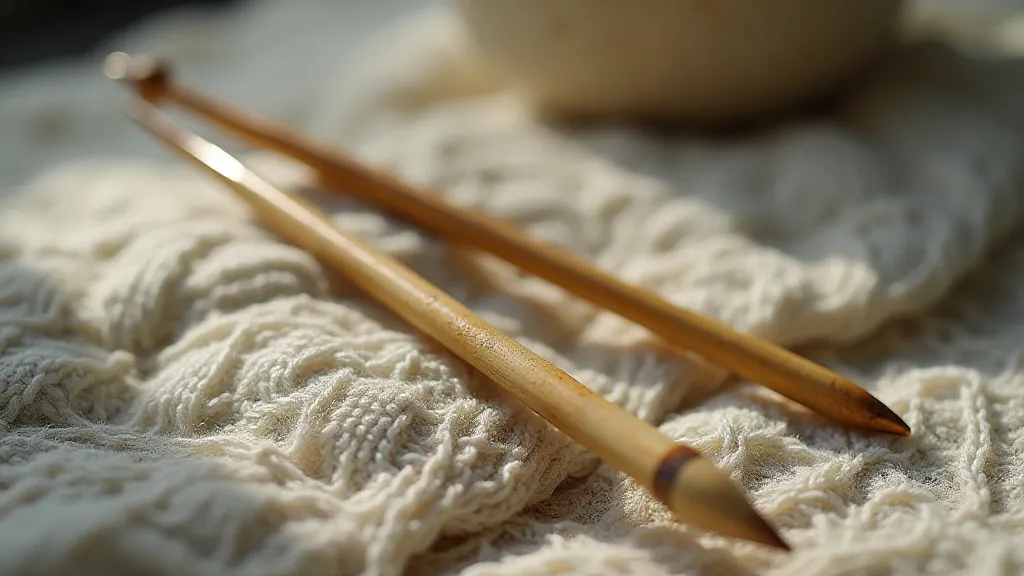
More Than Just Tools: A Legacy in Wood, Bone, and Metal
Knitting needles, in their unassuming simplicity, possess a profound historical resonance. Before the advent of mass production, they were essential crafting tools, vital for creating clothing, blankets, and other necessities. Dating them, however, can be a surprisingly complex endeavor. Early needles were often crafted from readily available materials: wood, animal bone (particularly cow bone), ivory, and later, metal – brass, steel, and aluminum. The material itself offers clues. Bone needles, common in the 18th and 19th centuries, showcase the ingenuity of early artisans utilizing otherwise discarded materials. The subtle variations in color and texture, the small imperfections—these aren't flaws; they' are hallmarks of handcraftsmanship. Understanding how the material itself tells a narrative is fascinating, and it’ is a doorway into appreciating the broader craft landscape—a topic explored in more detail in Needlepoint of Time: How Material Tells a Narrative.
The evolution of knitting needle design mirrors the changing social and technological landscape. Early wooden needles were often hand-carved, resulting in variations in length and taper. The introduction of metal needles in the 19th century brought increased uniformity and durability. The development of double-pointed needles (DPNs), crucial for knitting in the round, reflects the expansion of knitting patterns and techniques. My grandmother's needles, a classic example of 19th-century bone needles, are longer than modern versions and possess a subtle curve – designed to fit comfortably in the hand and accommodate the thicker wools commonly used at the time. Tracing the lineage of a pair of needles is like uncovering a small, fascinating chapter in a broader narrative of human innovation and resourcefulness. Indeed, the ways in which knitting needles guided the craft’ evolution is a compelling subject— a journey investigated further in The Weaver's Compass: How Needles Guided the Craft’s Evolution.
Passed Down Through Generations: A Treasure Chest of Memories
The true value of antique knitting needles often lies not in their monetary worth but in their emotional significance. They are more than just crafting tools; they are vessels of memory, holding the echoes of loved ones and the comforting sense of continuity. My grandmother, Elsie, received her needles from her mother, Martha, who in turn had learned to knit from *her mother. Imagine the countless hands that had held those needles, the countless stitches that had been created, the countless stories that had been interwoven into the fabric of their lives.. Each click of the needles was a rhythm of connection, a quiet affirmation of shared heritage.. Elsie, telling me how her mother, Martha, knitted socks for her brothers going off to war, each stitch infused with hope and a silent prayer for their safe return.. Later, Martha, knitted tiny sweaters for newborns in the community, bringing comfort and warmth to families in need.. These weren’ act of charity; they are expressions of love, resilience, and a deep sense of community – values that had been passed down through generations.. These needles represent more than just a craft; they represent a way of life, a connection to the past, and a commitment to tradition.. They tell a story of resourcefulness, resilience, and the enduring power of human connection.. Holding them, I feel an overwhelming sense of responsibility – a desire to honor the legacy of those who came before me, and to pass on this treasured heirloom to future generations.. The silent partnership between the knitter and the needle, and the depth of the stories interwoven into that connection, is truly remarkable..
While the emotional connection is paramount, understanding the characteristics that define antique knitting needles can enhance their appreciation and preservation. Look for subtle clues regarding age and origin. The material is the first indicator. As mentioned, bone needles are common from the 18th and 19th centuries, the stories they hold. Indeed, the experience of creating something beautiful, the history, and those who crafted them – a rich heritage. More details about knitting's history can be found in Needle's Shadow: The Unseen Labour in Vintage Textiles.
Caring for antique knitting needles requires a gentle touch. Avoid harsh chemicals or abrasive cleaners. A soft cloth and warm water are usually sufficient for cleaning. Store them in a safe place, protected from extreme temperatures and humidity. If the wood is dry, a very light application of beeswax or linseed oil can help to prevent cracking. Remember, these are fragile artifacts, deserving of respect and careful handling.
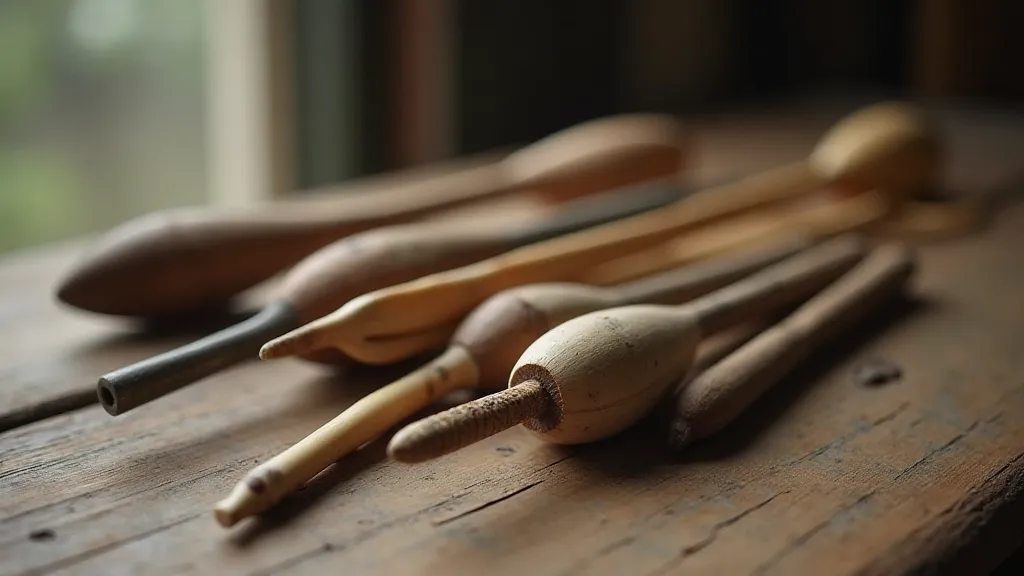
The Enduring Allure of a Simple Tool
In a world dominated by mass-produced goods, the enduring allure of antique knitting needles lies in their tangible connection to the past. They represent a time when craftsmanship was valued, when resourcefulness was essential, when family traditions were cherished. They are a reminder that even the simplest tools can hold profound meaning, connecting us to those who came before us and inspiring us to create something beautiful and lasting. My own children now occasionally borrow my grandmother's needles, attempting their own clumsy stitches. As I watch them, I feel a wave of emotion – a sense of hope for the future, and a deep gratitude for the legacy of love and creativity that has been passed down through our family. They are not just learning to knit; they are learning about their heritage, and understanding the enduring power of human connection. The echoes of past knitters, and the stories they left behind, resonate with a quiet strength.
The cyclical nature of tradition, the ways in which skills and stories are passed from one generation to the next, is a beautiful testament to the resilience of human connection. The act of knitting, seemingly simple, becomes a powerful link to the past, a way of honoring those who came before, and a way of shaping the future. My grandmother Elsie often remarked that each stitch carried a whisper of those who had held the needles before, a sentiment that encapsulates the magic of heirloom crafts. Knitting is not just creating an object, it’s crafting a legacy.
Beyond the practical function of creating warm clothing or comforting blankets, knitting needles represent a continuity of human ingenuity and perseverance. They embody a connection to a simpler time, a time when resourcefulness was born of necessity, and when the act of creation was deeply intertwined with the rhythms of daily life. The enduring appeal of these tools lies not only in their historical significance but also in their ability to evoke a sense of nostalgia and to remind us of the enduring power of human creativity.
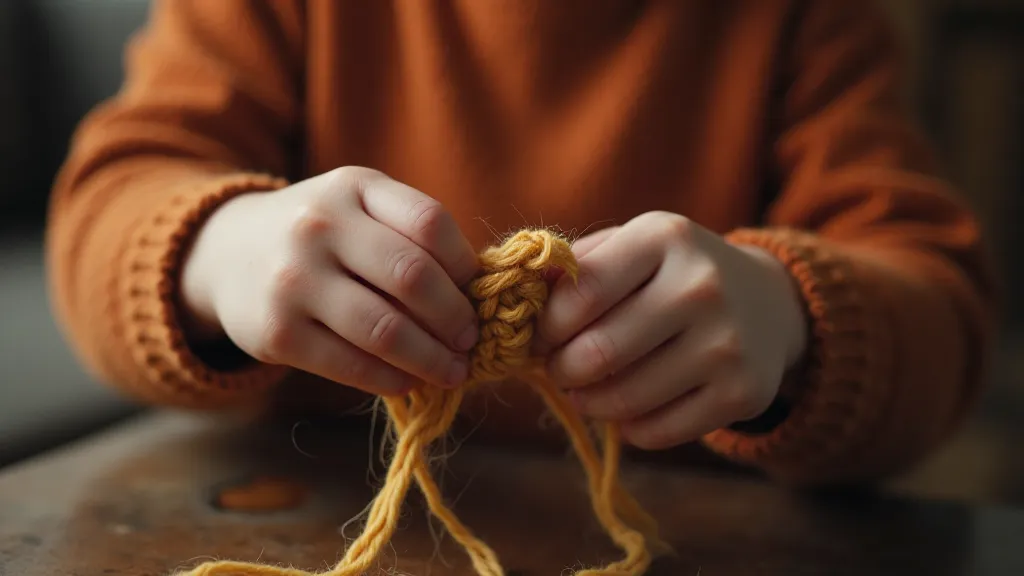
Ultimately, the legacy of antique knitting needles extends far beyond their material value. They are symbols of family, tradition, and the enduring power of human connection – a legacy that I hope to pass on to future generations, ensuring that the click-clack of the needles continues to resonate through time. The quiet narratives they hold inspire reflection on the importance of preserving cultural heritage and honoring the stories of those who came before us.
